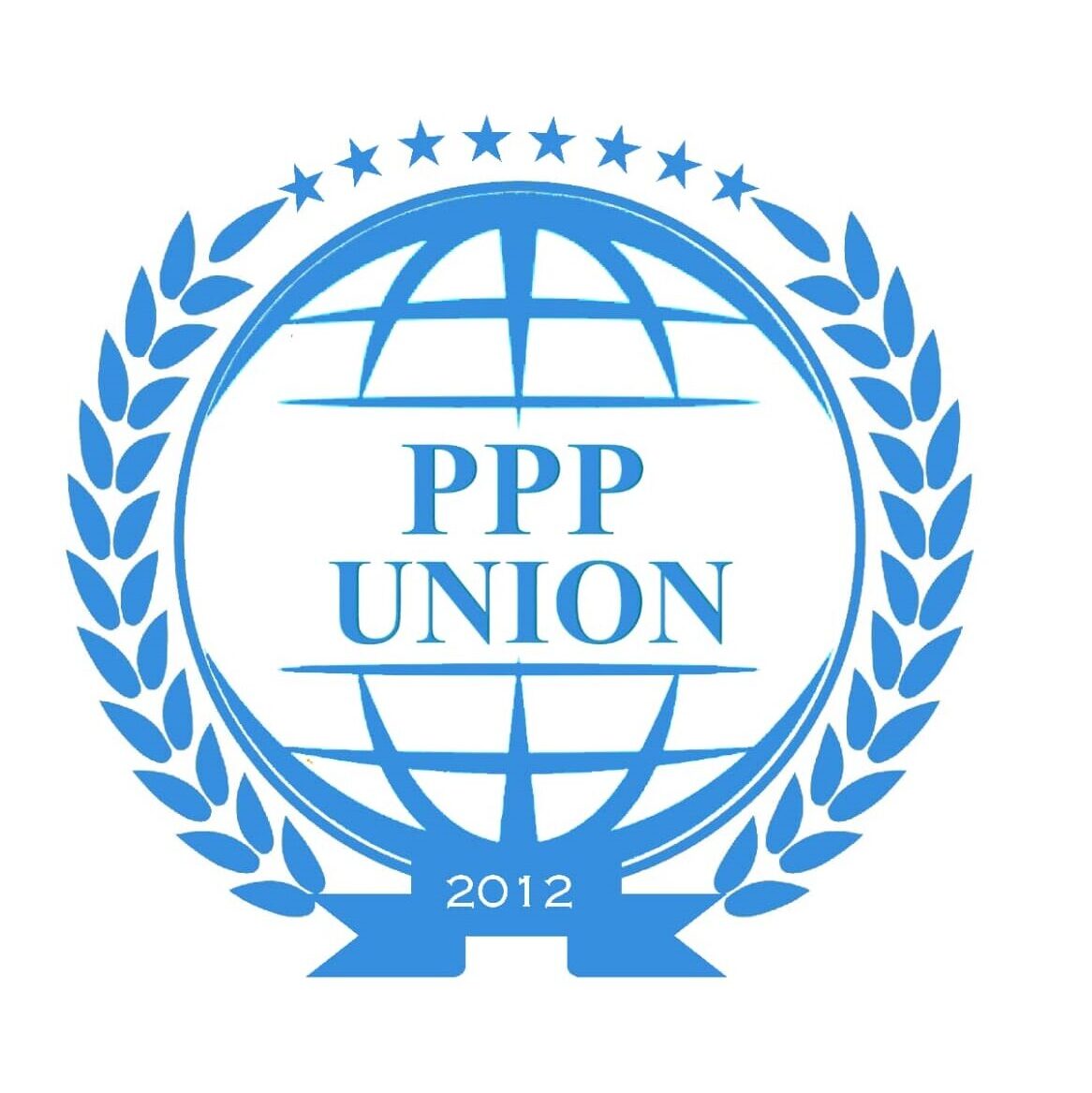PPPs relay its functions into three models:
- Infrastructure based model – to build or refurbish public healthcare infrastructure
- Clinical Services based model – to add or expand service delivery capacity
- Integrated PPP model – to provide a comprehensive package of infrastructure and service delivery
Broadly healthcare systems are undergoing continued pressure to increase quality and efficiency of health care, and finds new ways to use data, systems and distributed networks of providers focused more on wellness and disease prevention rather than on cure Health systems will need to become more integrated, addressing care needs across the continuum, while utilizing technology to enhance delivery.
PPP models are evolving to these changes. PPPs initially were focused on building and replacing critically needed hospital infrastructure, now integrated PPPs are the next evolution, adding clinical service delivery and private sector management practices to improve the quality of care delivered, as well as access to specialty care.
As per the world bank report ,A range of approaches to healthcare PPPs has emerged. The UK range was the leading proponent of hospital facility PPPs under its PFI Initiative, focusing on development/ rehabilitation of facilities and facilities management. A number of countries have followed a similar approach to hospital PPPs, focusing on facilities, including Australia where a number of states continue to follow this approach.
India, by contrast, has adopted more comprehensive service delivery PPPs, where not only are the facilities developed and improved by the concessionaire but services are provided. The approach is more one of a private hospital built on public land with a requirement to make a certain number of beds/ treatments available to publicly funded patients. The rest of the facilities can be used for private patients. In some cases the concessionaire will pay the government a fee for the right to operate the concession, in others it will require a subsidy. Typically the bids are evaluated based on the lowest cost to government.
Local authorities, often cash strapped, are looking to PPPs to allow them to provide the health facilities that they find unaffordable. As with many sub-national PPPs, they utilize land available to them to develop a partnership with the private sector that they expect to benefit their citizens.
Technology improvements have had significant impact on health care and how this is delivered, with increased use of out patient day operations not involving an in-patient stay. In OECD countries this is already leading to less dependency on large general hospitals and more focus on specialist out patient facilities or clinics. As PPP are for long term careful consideration needs to be given on how and when these technology changes are likely to impact how healthcare is delivered in developing countries and whether there should / will be a similar shift in focus.
Sample Reference:
https://www.pppinindia.gov.in/guidance-material-and-reference-documents



